Fritz Woehle was born in 1929 in Harrisburg, Pennsylvania, and relocated to Del Ray Beach, Florida at the age of 10. He later received his degree in Architecture from the University of Florida. After graduating, Fritz went on to serve his country as a U.S. Marine. In 1958, Woehle moved to Alabama to build the first of his many great designs in the Birmingham area – the Pilgrim Congregational Church. His bold modern A-frame design became easily recognizable for its bright blue roof. His personal residence was one of his next projects – a home that won accolades and was a featured home in the May 1964 issue of Architectural Record’s Record Houses of 1964 as well as an ad for Starlux glass.




The mid-century modern home was built in 1958 by W. S. Cleage Construction Company. The massive layout, at 4600 square feet, includes five bedrooms and four bathrooms. The house was built in three phases at a total cost of $70,000. Describing how this was achieved, Fritz Woehle says, “the floor plan is very formal and symmetrical but the glass walls allow the eye to wander out of the formal plan into a natural woods setting, giving a rustic feel to the interiors.” The central part of the home is a large living area with four quadrants springing from the center. The dining room and library look out on wooden verandas. The roof was created using large timber framing with custom steel ties that create a set of four peaks – two larger over the end quadrants, and two smaller over the central portion of the house.
Fritz Woehle went on to create many more architectural beauties around Birmingham, both commercial and residential, that were featured in major publications and won awards. In the late 1950s and early 1960s, at the height of his career, Woehle was a well-known figure in local design issues and weighed in against the demolition of the Birmingham Terminal Station. As the vice president of the Birmingham Botanical Gardens, Woehle procured the Tea House from the Japanese Pavilion at the 1964 New York Worlds Fair and moved it to the Japanese Garden in Birmingham.
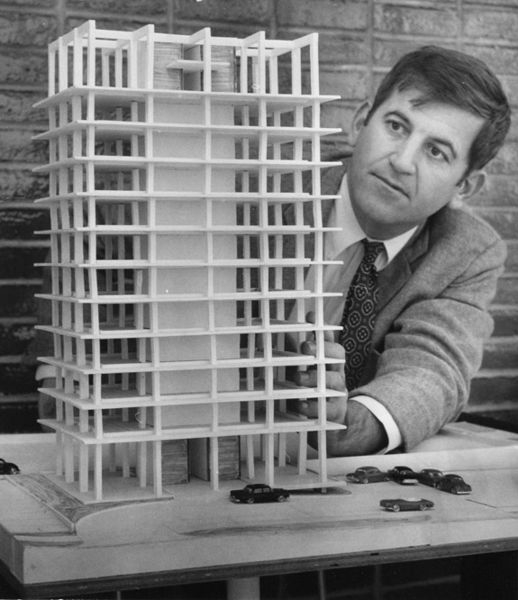
In the 1960s, Fritz Woehle designed many other residential structures besides his own home. Most are located in the heavily wooded area of Mountain Brook. One of those residences was recently remodeled by the Birmingham architectural firm Design Initiative. Fritz Woehle was even invited to the open house for the reinterpretation of his original design.
In 1966, Woehle was one of several local architects to enter the international competition to design the Birmingham Jefferson Civic Center. He served on the Mountain Brook Planning Commission, served as president of the Birmingham chapter of the American Institute of Architects in 1967, and chaired the AIA Design Committee in 1972. Fritz Woehle was a member of the boards of the Birmingham Museum of Art, Birmingham Art Association, and the Birmingham Children’s Theater. As an executive committee member of Operation New Birmingham, he chaired the annual Sidewalk Art Show. He also taught at Red Mountain School and represented Alabama on the American Craftsman’s Council. For his contributions to the profession, Fritz Woehle was honored in 1975 as a Fellow of the American Institute of Architects from Alabama.
In the 1970s, Woehle purchased a 1930s-era parking garage with stalls centered around a courtyard on 10th Terrace South and converted part of the space into his design office while renting out the other spaces to a variety of small businesses. The rest of the property was used to store his growing collection of architectural fragments and antiques. In 1994, Jimmy Watson leased part of the garage stalls and opened The Garage Cafe, a bar and sandwich shop. The cafe gained notoriety in 2003 when GQ Magazine named The Garage Cafe one of its “10 Bars Worth Flying To.” It has also been featured in a variety of publications including Esquire. In 2014, Southern Living named it one of the “Top 100 Bars in the South.” Fritz’s daughter Kay now owns and operates The Garage Cafe. Her father’s collection of architectural fragments is now a centerpiece of the bar.
Fritz Woehle and his wife raised three children in their home. The Woehle residence was last renovated in the 1970s and still holds its original mid-century modern charm. Fritz Woehle passed away in December 2017 at the age of 88. After his passing, his wife lived in the home until her death in 2019. It has never been abandoned, but the property has remained vacant ever since. Currently, the house along with roughly 10 acres in Mountain Brook is on the market with an asking price of $2.8 million.
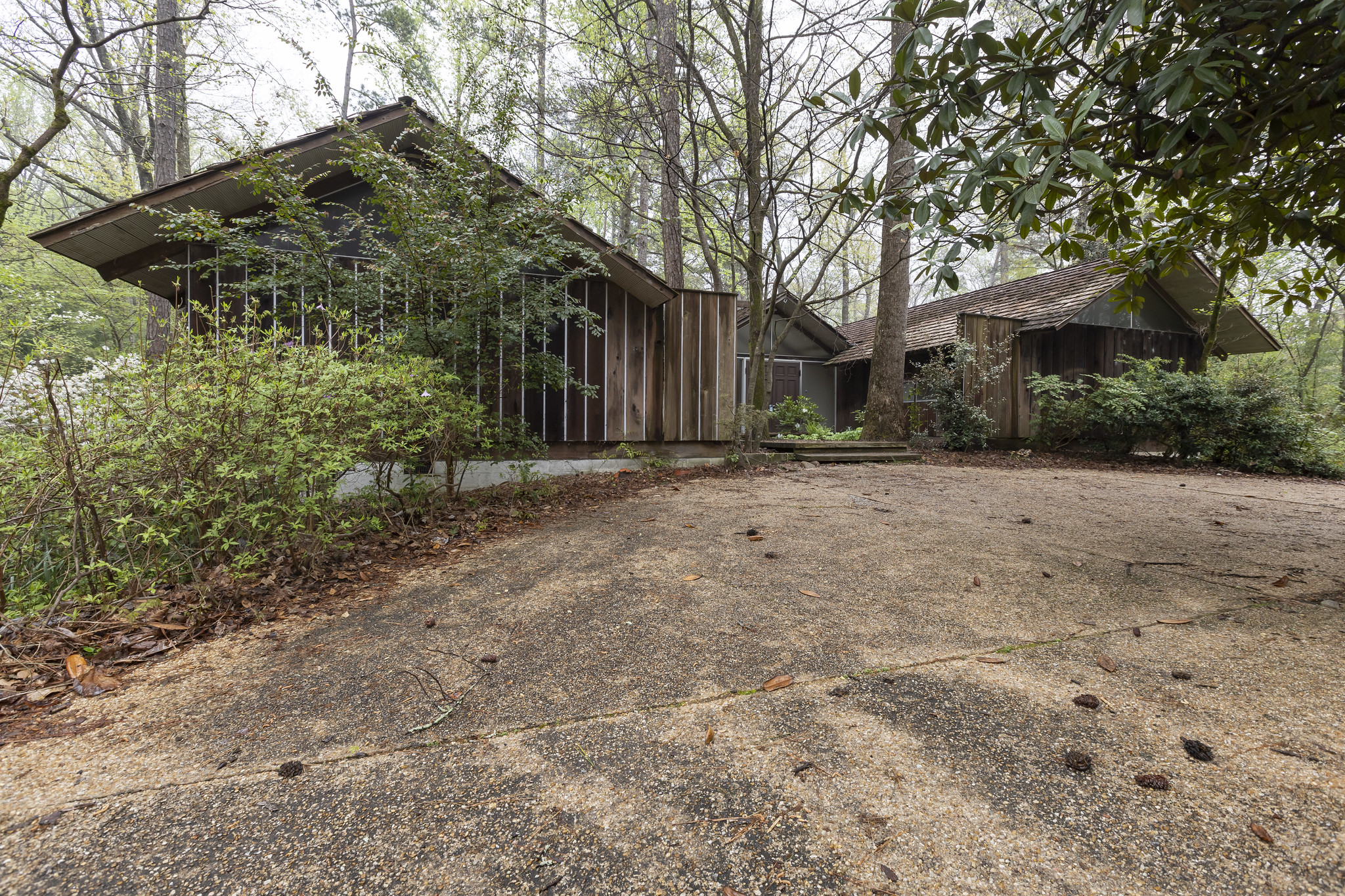

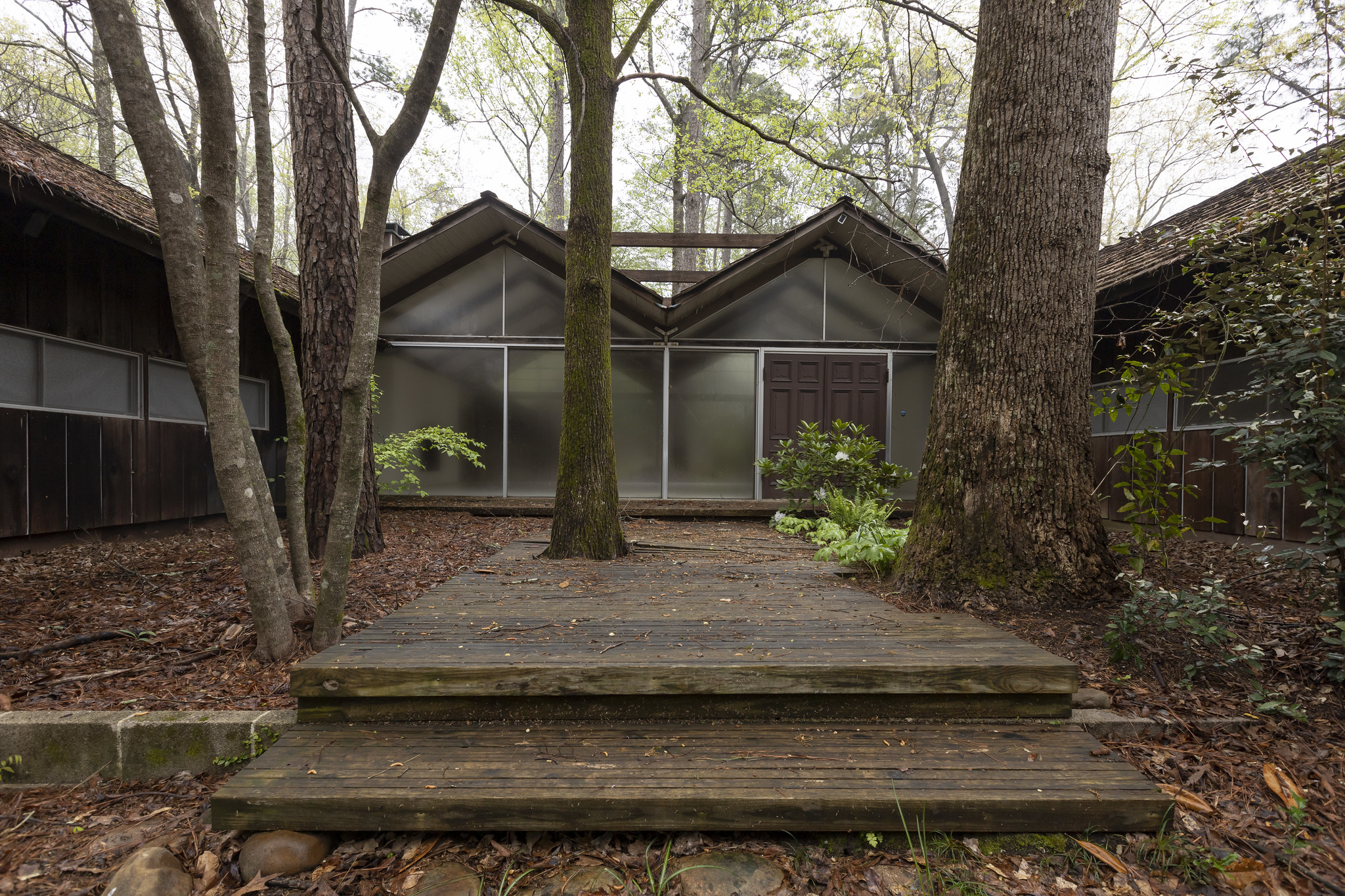







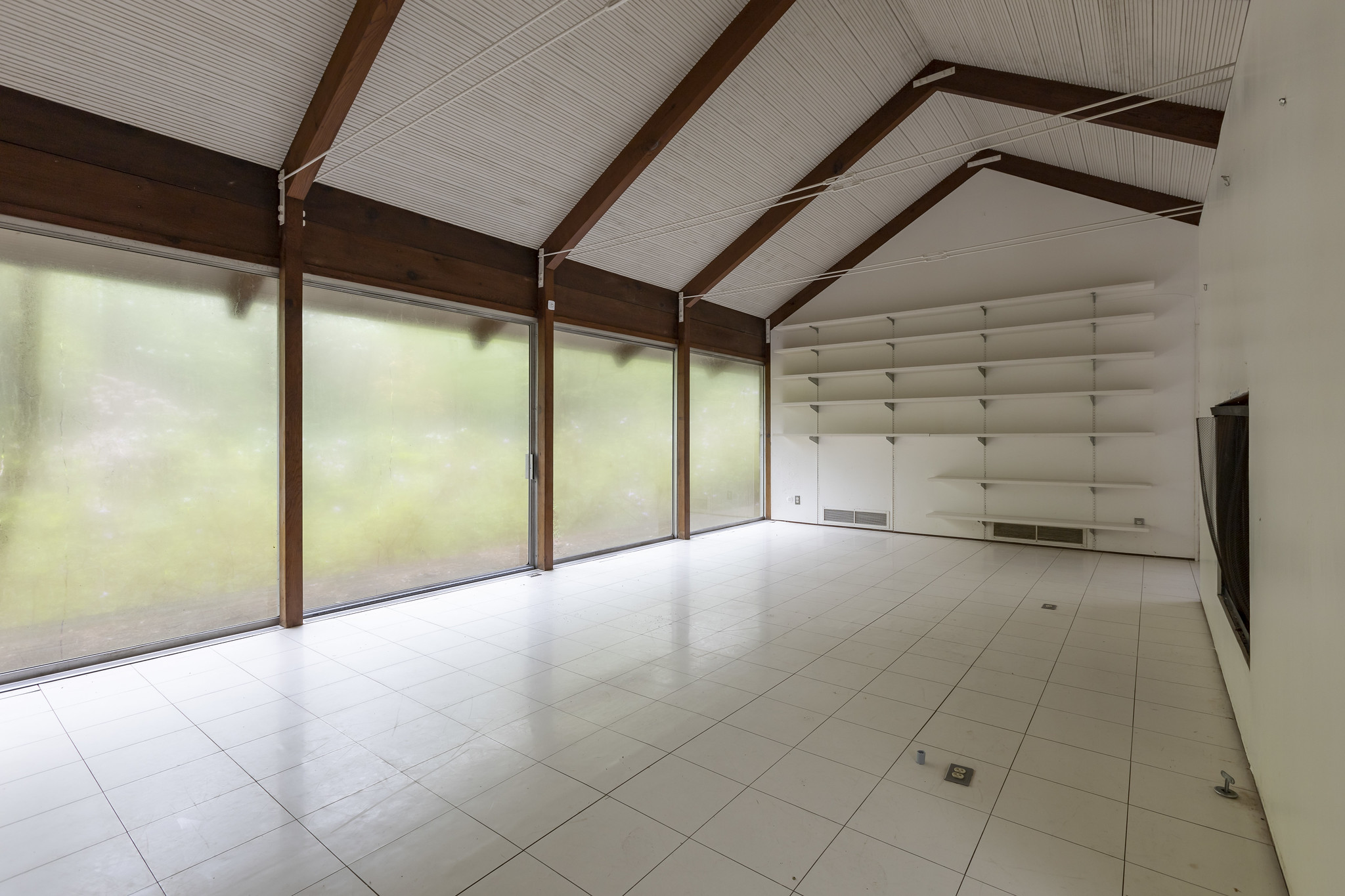





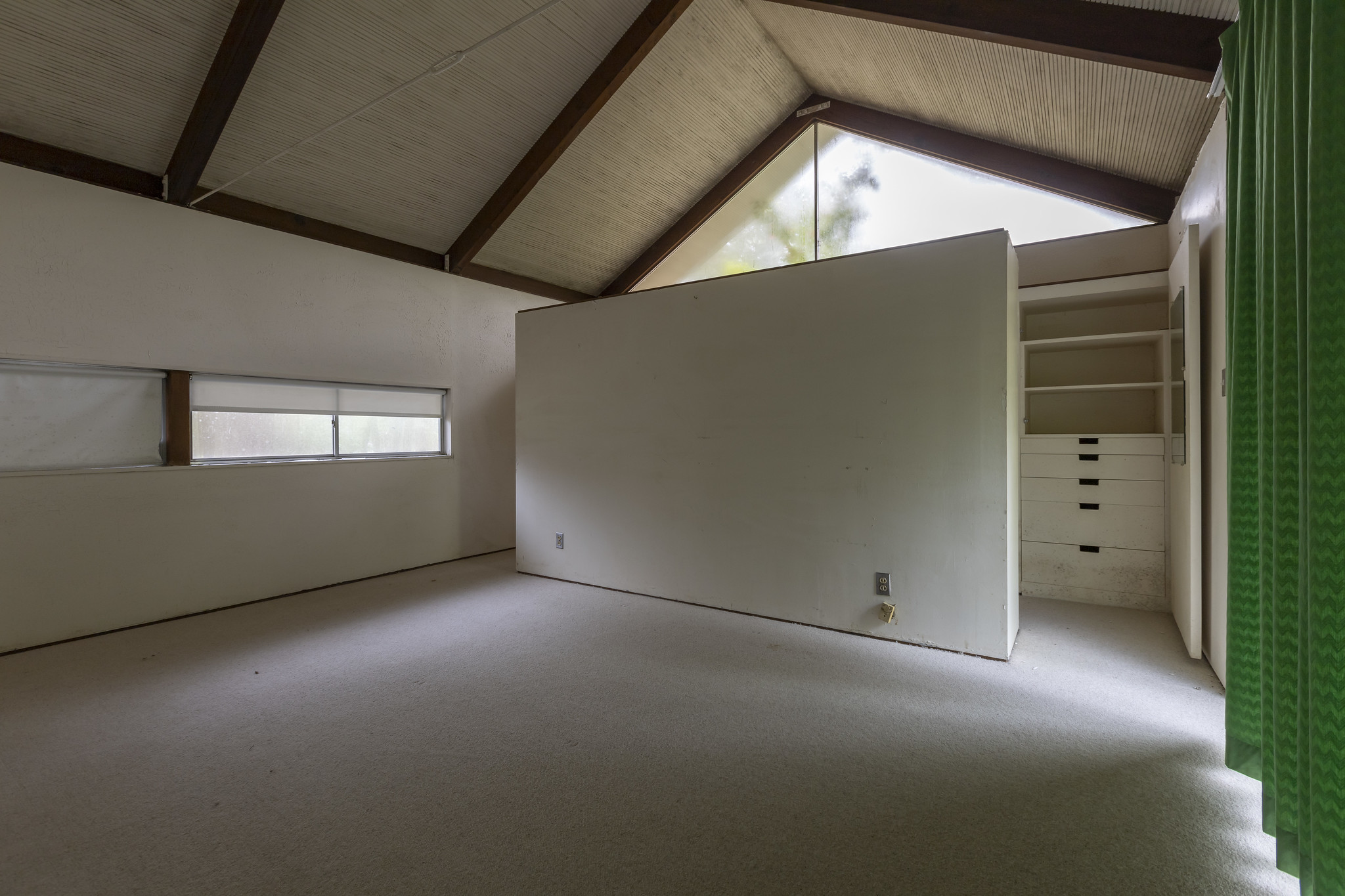
















Thanks for reading. Please share the blog with your friends. I appreciate the support.
You can find me on Facebook, Instagram, Twitter, and TikTok. For more fascinating homes and amazing abandoned places in Alabama check out my books Abandoned Birmingham and Abandoned Alabama: Exploring the Heart of Dixie. If you would like to receive the Abandoned Southeast blog in your email, you can sign up below or on the main page.


I am afraid I will have to correct an error in your post. Fritz Woehle was not the only Birmingham architect to enter the Birmingham-Jefferson Civic Center National Architectural Competition. Four Birmingham architects entered: Woehle, Walter Carlos Anderton, Herman Greely Elliott, Jr., and Virgil Lester Smith, Jr. That is still a surprisingly low number of entries considering that the 277 entries received led the AIA to proclaim it at the time as the largest Class A architectural competition in American history. All those entries and that ugly block of concrete is what the jurors decided to award to Birmingham, but Geddes Brecher Qualls Cunningham, Architects (the firm that designed the BJCC) knew how to win architectural competitions; it was one of their specialties. My guess is that most local firms did not bother entering and focused instead on being the architects of record for the project, a more lucrative position vis-à-vis the amount of time spent and risk of getting no return on the time invested.
LikeLiked by 1 person
I made the correction. Thank you for bringing it to my attention.
LikeLike
Also, I just noticed something else in the same paragraph, the statement, “For his contributions to the profession, Fritz Woehle was honored in 1975 as the first Fellow of the American Institute of Architects from Alabama.” That is also not correct.
In this case, there are different answers to who was the first Fellow of the American Institute of Architects from Alabama, depending on the criteria used. When the Western Association of Architects (WAA) merged with the AIA in 1889, all WAA members became AIA Fellows because all WAA members were fellows; that organization did not use the AIA’s two-tiered membership system. Four Alabama architects were members (fellows) of the WAA and automatically became FAIA: B. C. Chisholm of Anniston, Edouard Sidel and John Sutcliffe of Birmingham, and William T. Walker of Montgomery. The first Alabama architect specifically elevated to Fellow of the American Institute of Architects by the AIA was William T. Warren of the very prominent Birmingham firm Warren, Knight & Davis. That occurred in 1934. Eugene Knight was also elevated to fellow eighteen years later, though John Davis never received that honor. Not counting the four WAA Fellows, Fritz Woehle appears to have been the fifteenth Alabama architect elevated to AIA Fellow.
LikeLiked by 1 person
Noted. Thank you for your insight.
LikeLike
Gee it is sad that someone could help save these abandoned buildings instead of making more carbon footprints with more, and more new buildings. They have potential for so many wonderful uses: from daycares, medical clinics, homes, businesses, the list goes on and on
LikeLike
How could the children of Fritz and Lynn Woehle just let their family home and one of their dad’s crowning achievements rot like this? They should be ashamed! They could afford to keep it up if they wanted to.
LikeLike
According to Zillow, this house is currently on sale for $2,499,900 – maybe we can start a GoFundMe to save this wonderful piece of architecture?
LikeLike
It looks like they cleaned it up since I was there. I hope it finds a new owner who will appreciate it.
LikeLike
Holy crap! If I could afford it, I’d snath this baby up in a heartbeat! Gorgeous!
LikeLike